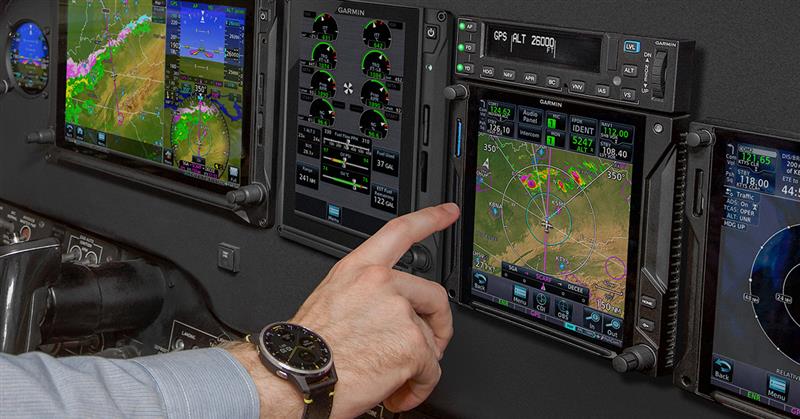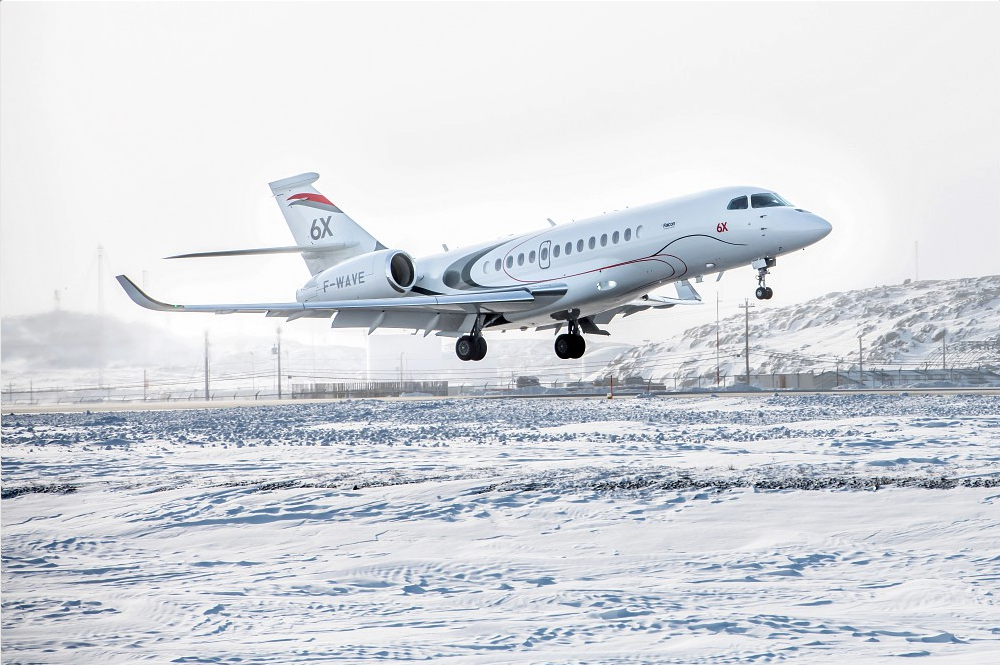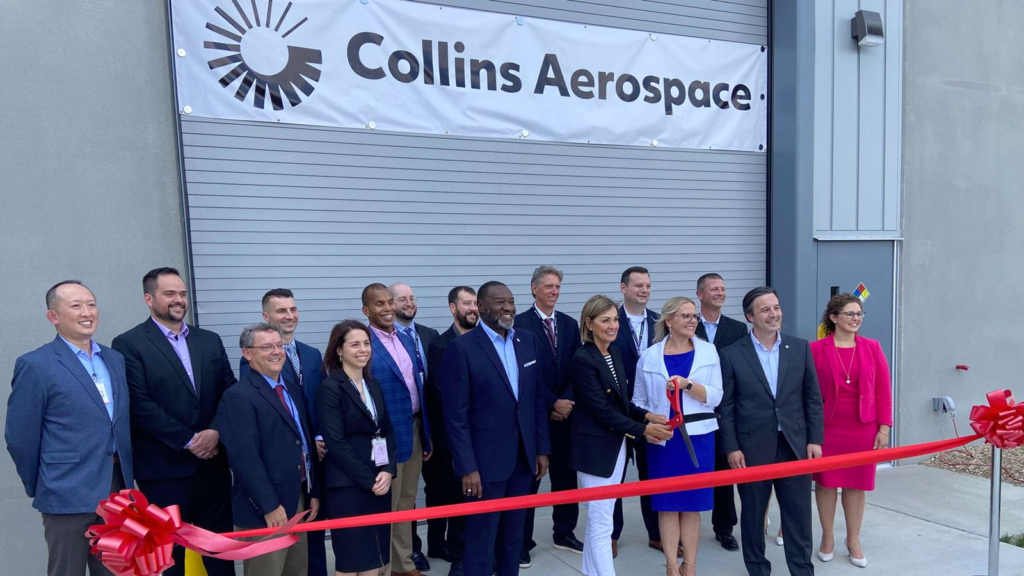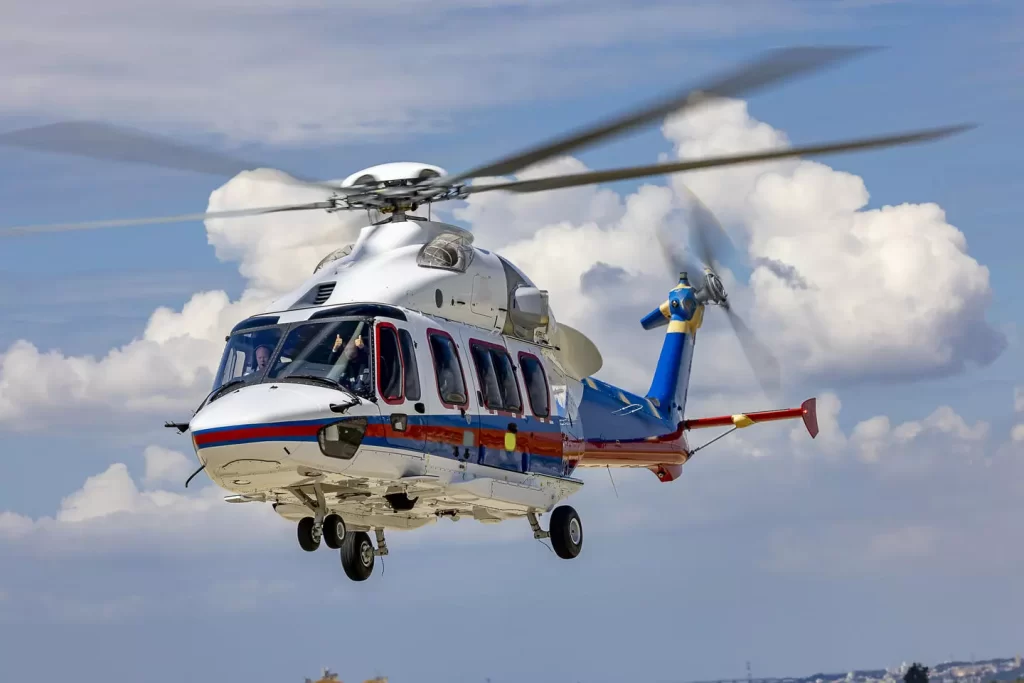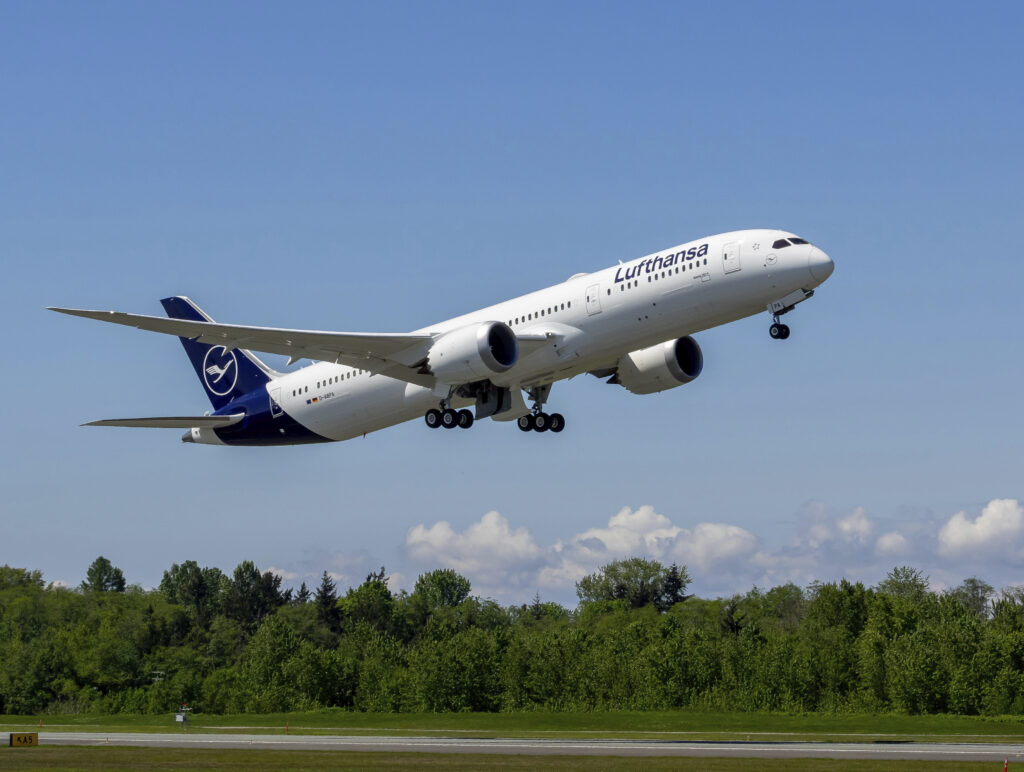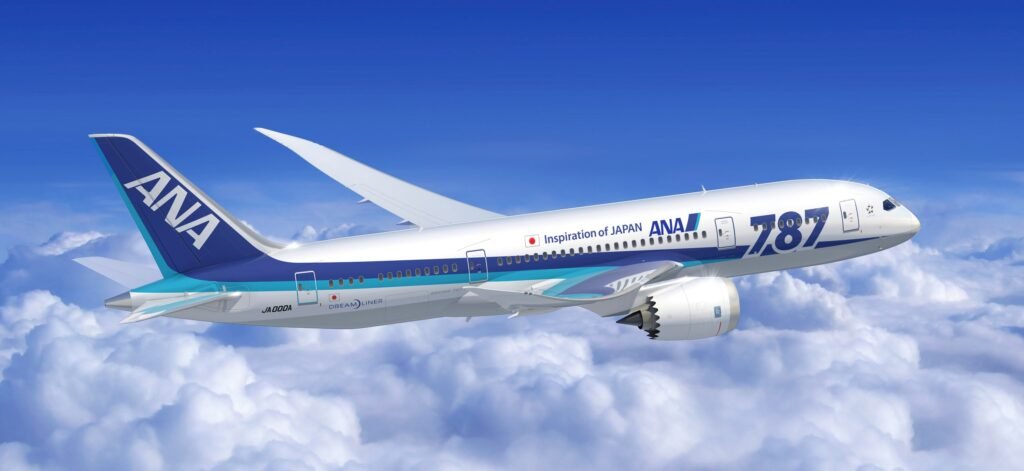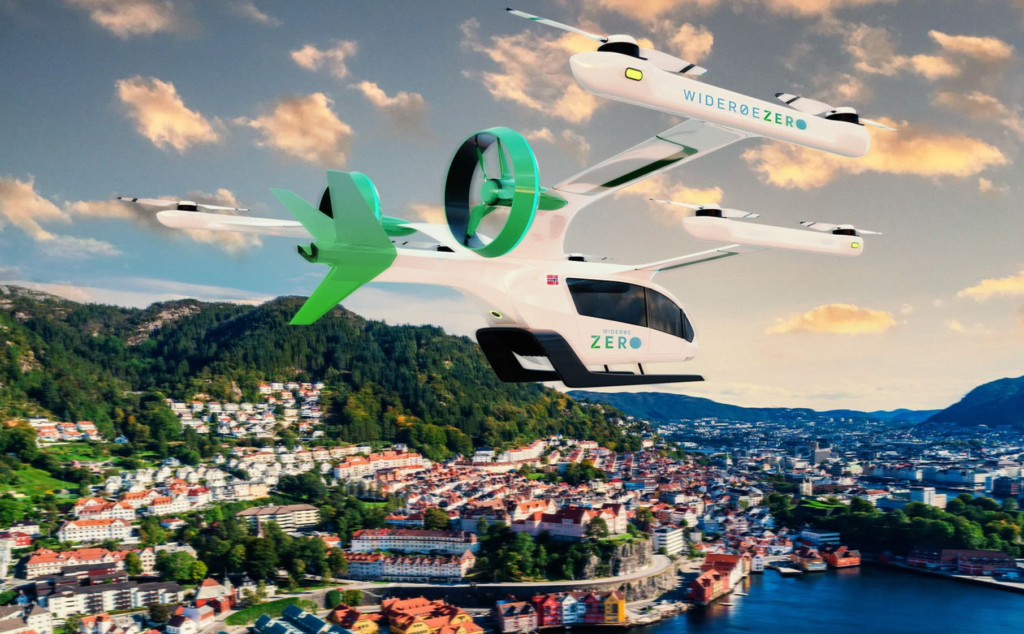Garmin receives certification for GFC 600 digital autopilot in Beechcraft King Air F90 aircraft
Olathe, Kansas, August 23, 2023 — Garmin (NYSE: GRMN) today announced it has received Federal Aviation Administration (FAA) Supplemental Type Certification (STC) for the GFC™ 600 digital autopilot in Beechcraft King Air F90 aircraft. The GFC…
